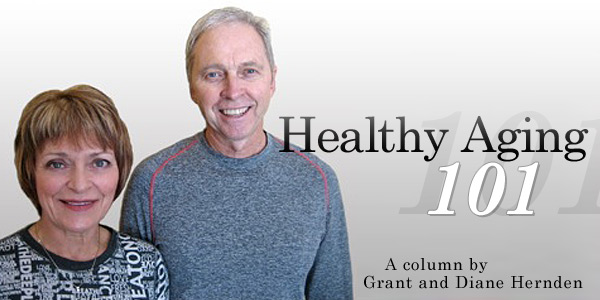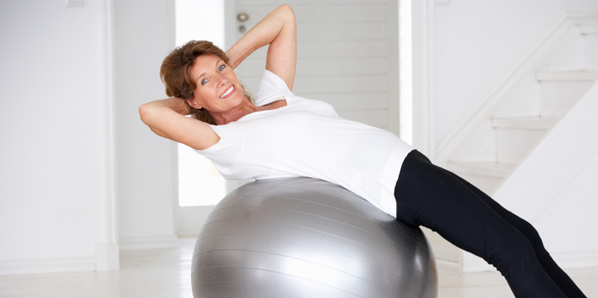Osteoporosis prevention: Five tips for men and women
Today in part five of our five-part series," In Pursuit of Good Health," we look at how to prevent osteoporosis.Osteoporosis causes bones to become thin and porous, decreasing bone strength and leading to increased risk of breaking a bone. It affects both men and women.

Osteoporosis facts:
1. The most common sites of osteoporotic fracture are the wrist, spine and hip.
2. Osteoporosis is often called the “silent thief” because bone loss occurs without symptoms.
3. Osteoporosis can result in loss of mobility and decreased independence.
4. Women and men begin to lose bone in their mid-30s. As they approach menopause, women lose bone at a greater rate, from 2-5 percent per year.
Osteoporosis studies have found that:
? 1 in 4 women, and at least 1 in 8 men, over 50 have osteoporosis.
? At least 80% of fractures in people 60+ are related to osteoporosis.
? Osteoporosis causes 70-90% of 30,000 hip fractures annually.
? Hip fractures related to osteoporosis result in death in up to 30% of cases. 23% of patients who fracture a hip die in less than a year.
? A study recently reported that only 44% of people discharged from hospital for a hip fracture return home. Of the rest, 10% go to another hospital, 27% go to rehabilitation care and 17% go to long-term care facilities.

Prevent osteoporosis with these five healthy lifestyle habits:
- Regular physical activity. Strength training in particular, is important because it prevents falls and broken bones and helps people with osteoporosis to remain active.
- Eat an alkaline diet. A healthy eating plan that is pH-Balanced and contains foods that are high in calcium and vitamin D. Vegetables are especially beneficial to maintain pH balance.
- Supplementing with calcium and vitamin D should be discussed with your healthcare practitioner.
- Stop smoking.
- Lower your intake of caffeine and alcohol. These are two liquids known to deplete calcium from your bones.
To combat osteoporosis, medications such as bisphosphonates have been the common course of action. However, there are many changes that you have control over that are simple and have none of the harmful side effects that can come from long-term medication use.
COMING UP: Next week’s blog will look at stress and how you can lower your risk to lead you to a healthy, active life.
****
Related articles:
Exercise your sense of balance to prevent falls
Three ways to stay active and warm this winter
Resistance training to the rescue
Health and wellness programs in retirement communities


